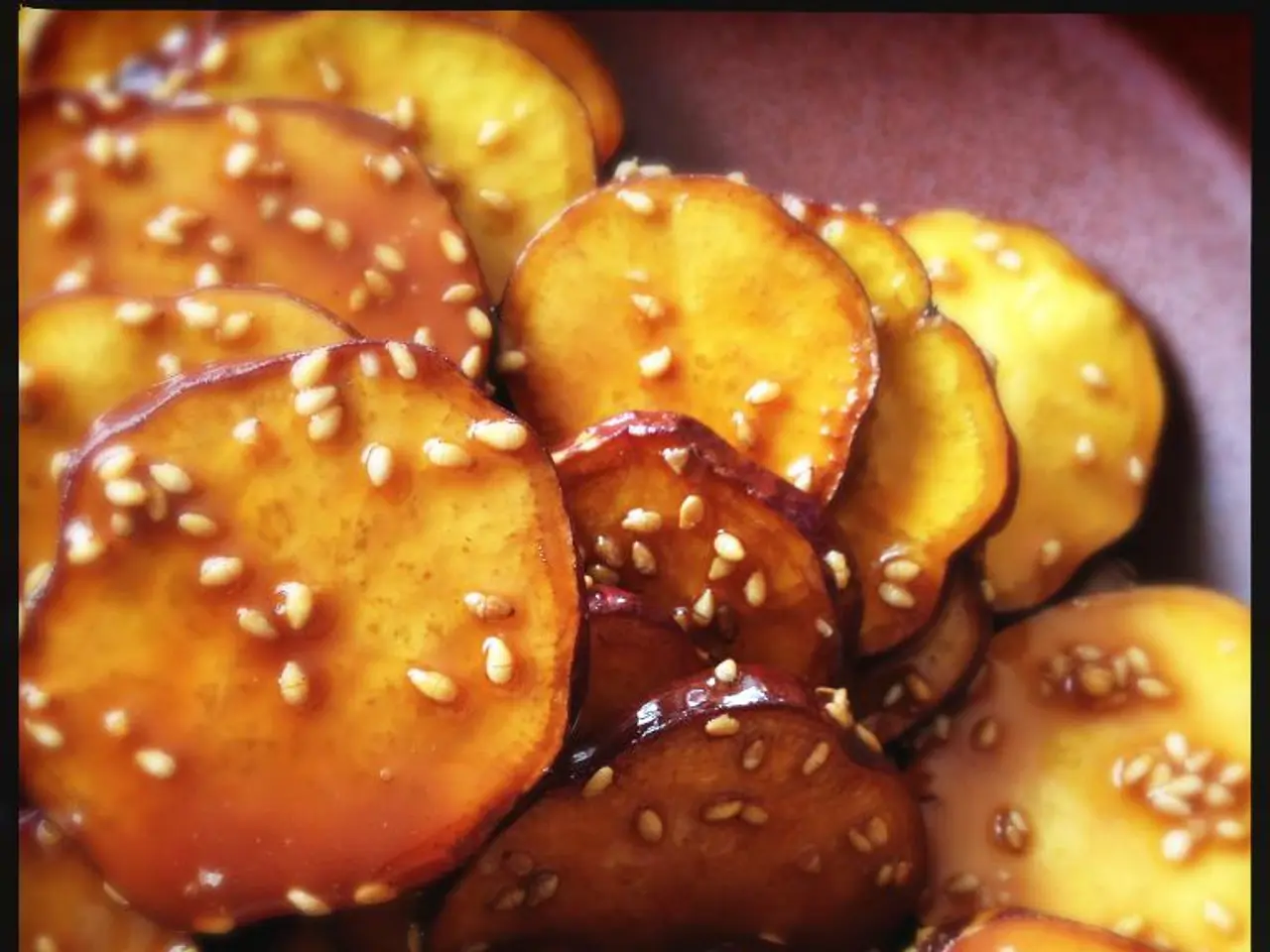Methods for Maintaining Freshness and Supporting Local Produce During Summertime:
In a world where transportation emissions are a significant concern, the importance of leveraging local, in-season produce has never been greater. This article explores options for purchasing produce during its peak season and preserving it for the months to come, with a focus on seasonal produce in Southern British Columbia.
The journey of food preservation fascinates many, particularly the effort and ingenuity required in the past to grow, preserve, and store food. Methods such as canning, fermentation, salt-curing, root cellaring, freezing, and dehydration have stood the test of time, offering a means to enjoy fresh produce throughout the year while reducing food waste.
**Immediate Post-Harvest Handling**
To extend freshness, it is crucial to remove field heat quickly by washing produce in cool water within 30 minutes of harvest. Gently brush off soil instead of scrubbing to avoid damaging protective skins that shorten shelf life. Sort produce by size and condition, discarding damaged items to prevent ethylene gas-related spoilage.
**Optimal Storage Conditions**
Proper storage is key to maintaining freshness for days to weeks. Most vegetables should be stored at 32-35°F with 90-95% humidity using perforated plastic bags in the refrigerator’s crisper drawer. Root vegetables like carrots and beets stay fresh for months when kept in damp sand at similar cool temperatures. Some items like tomatoes and peppers prefer slightly warmer storage (50-55°F) to retain flavor and texture.
**Traditional Preservation Methods**
Canning, fermentation, salt-curing, root cellaring, oil and vinegar preservation are all traditional methods that have proven effective in preserving produce. Canning, especially for high-acid vegetables like tomatoes and cucumbers, is accessible and safe when using water bath canning. Fermentation enhances flavors and adds probiotic benefits, making it ideal for cabbage, root vegetables, and other produce. Salt-curing and root cellaring preserve vegetables like carrots, beets, and potatoes by storing them in cool, humid environments. Oil and vinegar preservation extends shelf life and creates flavorful pantry items; however, complete submersion is necessary to prevent mold.
**Modern Freezing and Dehydration**
Blanching and freezing halt enzyme activity, maintaining color, texture, and nutrients for 8-12 months. Dehydrating, using dehydrators or freeze dryers, removes moisture to extend shelf life up to two years, concentrating flavors and enabling lightweight storage.
**Additional Tips**
Managing humidity in storage is essential to prevent rotting. Place vegetables needing low humidity (like mushrooms and peppers) in that drawer of the fridge to reduce spoilage. Rinse produce and dry thoroughly on paper towels before refrigeration to prevent moisture-related spoilage.
By following these methods, you can enjoy your seasonal harvest year-round, reduce food waste, and maintain produce quality from freshness to long-term storage. Starting with simple techniques like refrigeration and freezing, then exploring canning or fermentation, can build confidence and success in home preservation.
Alison and the writer, inspired by traditional methods of food preservation during a recent visit to a farm museum, are planning to grow more produce in their gardens this year. They use an apple peeler/corer and a tomato processor for freezing fruits and vegetables, making the process more efficient and enjoyable.
[1] National Center for Home Food Preservation (n.d.). Retrieved from [2] Ball Complete Book of Home Preserving (2010). Retrieved from [3] FoodSaver (n.d.). Retrieved from [4] StillTasty (n.d.). Retrieved from [5] The Spruce Eats (n.d.). Retrieved from
- Incorporating traditional methods like canning, fermentation, and dehydration into one's cooking lifestyle can lead to healthy-cooking, as well as reducing food waste and making the most of one's home-and-garden produce.
- Gardening and home-and-garden activities such as growing produce and learning preservation methods like salt-curing or root cellaring can contribute positively to one's food-and-drink lifestyle, while additionally offering a sense of accomplishment and self-sufficiency.
- From gardening to drying and canning, focusing on methods like these for cooking and food preservation can not only provide healthy meals but contribute to a more sustainable, environmentally-friendly lifestyle as one reduces food miles and supports local produce.




